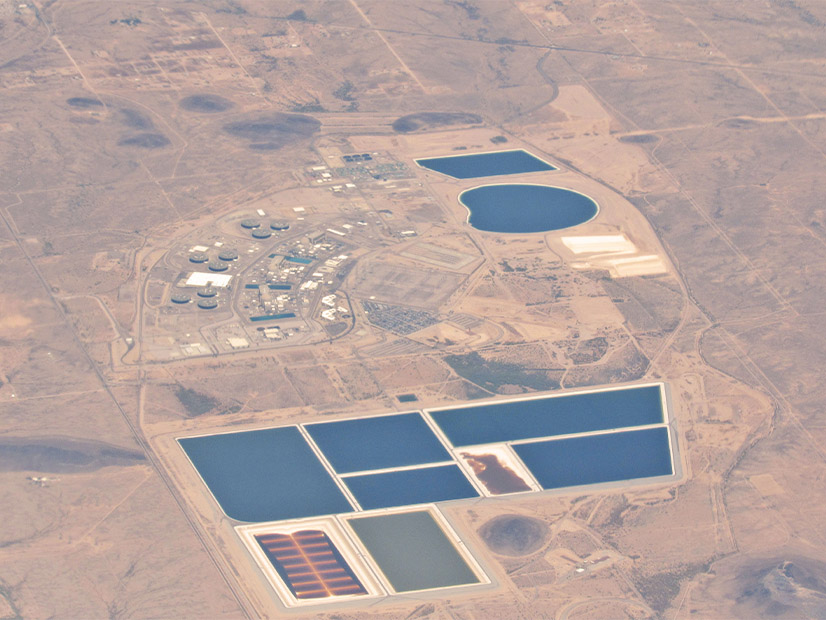
Arizona’s three largest electric utilities are jointly exploring the possibility of adding nuclear generation.
Arizona Public Service (APS), Salt River Project (SRP) and Tucson Electric Power (TEP) announced Feb. 5 they are starting the process now because the time frame to develop such projects would be lengthy.
The utilities could use the small modular reactor technology that is advancing along multiple development pathways, or they could use larger-scale reactors. Potential sites could include coal-burning plants that will be retired.
The utilities are seeking a grant through the U.S. Department of Energy’s Generation III+ Small Modular Reactor Program, a Biden-era funding stream that promised up to $900 million to support initial construction of next-generation nuclear technologies.
The application window closed Jan. 17, three days before the inauguration of a president who promised a close review of and sweeping changes to his predecessor’s spending priorities.
As of Feb. 5, a webpage for the grant program (which was launched by DOE’s Office of Clean Energy Demonstrations and the Office of Nuclear Energy) was still live on DOE’s website.
APS, SRP and TEP said the grant would support a three-year site selection process and, possibly, preparation of an early site plan application to the U.S. Nuclear Regulatory Commission.
The three utilities called the grant application an initial step in a larger collaborative effort to explore new nuclear generation in Arizona.
They said a preferred site would not be identified until the late 2020s, at the earliest, and if additional nuclear capacity was developed, it might be expected to come online in the early 2040s.
APS operates the only nuclear plant in Arizona — the three-reactor Palo Verde Generating Station. The 4-GW facility claimed the title of largest nameplate capacity in the nation for a quarter century but was surpassed by Georgia Power’s Plant Vogtle in 2024, when its fourth unit entered commercial operation.
APS President Ted Geisler said in a news release that the timeline for nuclear expansion stretches well into the future.
“Energy demand in Arizona is increasing rapidly,” he said. “To ensure a reliable and affordable electric supply for our customers, we are committed to maintaining a diverse energy mix. While new nuclear generation would take more than a decade to develop, the planning and exploration of options must begin now. We are partnering with neighboring utilities to assess the feasibility of new nuclear generation, alongside other resources, to meet the state’s growing energy needs.”
The Energy Information Administration notes that Arizona has among the lowest per-capita rates of energy use among the U.S. states, thanks to its mild winters and percentage of seasonal residences. But it also is among the fastest-growing states, with its population increasing 11.9% between the 2010 and 2020 Census counts.
EIA reports that in 2023, natural gas was the dominant resource for in-state electricity generation in Arizona, at 46%. Nuclear was second at 27%, followed by coal and solar (10% each), hydro (5%) and wind (1%).


